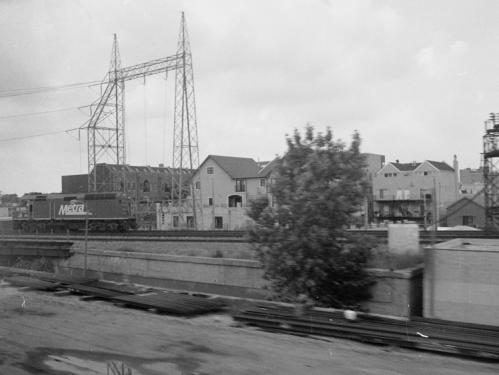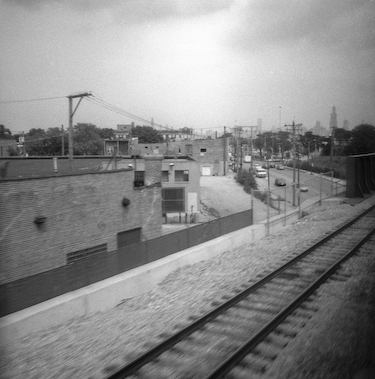Back into the routine of train life


Another train, and the unpacking is starting to feel routine. I plug in my laptop, the dining car steward comes by taking dinner reservations, and the bilevel train begins swaying gently. We breeze through the suburbs on METRA commuter tracks. Chicago recedes into the distance, but the Sears Tower is distinguishable for many miles.
After stowing everything in their places in my compartment, I take the long walk from the rear of the train to the front. I find the attendant for the sleeper I'll be changing to at Whitefish, Montana. "Talk to me tomorrow sometime," he says, glancing at his room occupancy printout. "It'll be late at night when we get to Whitefish, I'll see if I can get you moved in a bit earlier."
He talks a bit about himself. He immigrated from Hong Kong in 1955, and has been working for Amtrak for 28 years. That's a long time to be working for a company that owes its survival to government subsidies. "Communism, I don't like it," he says. "Here I can write a letter to the president and tell him what I think." Amtrak survived Ronald Reagan and George H. W. Bush, but will it survive George W. Bush? Three years and seven months until retirement, he tells me. He's got enough seniority to keep this run for that long, at least. Then he can live off his railroad retirement (railroad workers are not eligible for Social Security, another legacy of the economic clout of the railroads back in the day).
He knows the route by heart. "Two minutes to the next stop," he says without glancing at his watch. "You can walk back faster on the platform than through the cars."